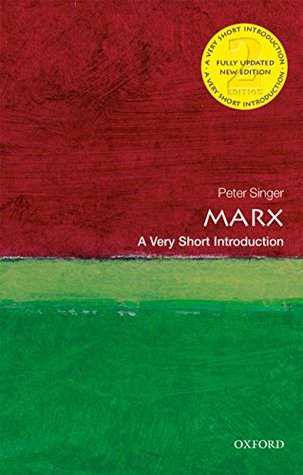Thus a new machine that makes it possible to produce two coats in the time it used to take to produce one will increase the use-value of an hour’s labour (because two coats are more useful than one) but will not increase the exchange-value of the hour’s labour (because an hour’s labour remains an hour’s labour, and if a coat can be made in only half the time it used to take, it will, in the end, be worth correspondingly less). Increasing the fruitfulness of labour therefore increases its use-value but not the exchange-value of its output.
Welcome back. Just a moment while we sign you in to your Goodreads account.


